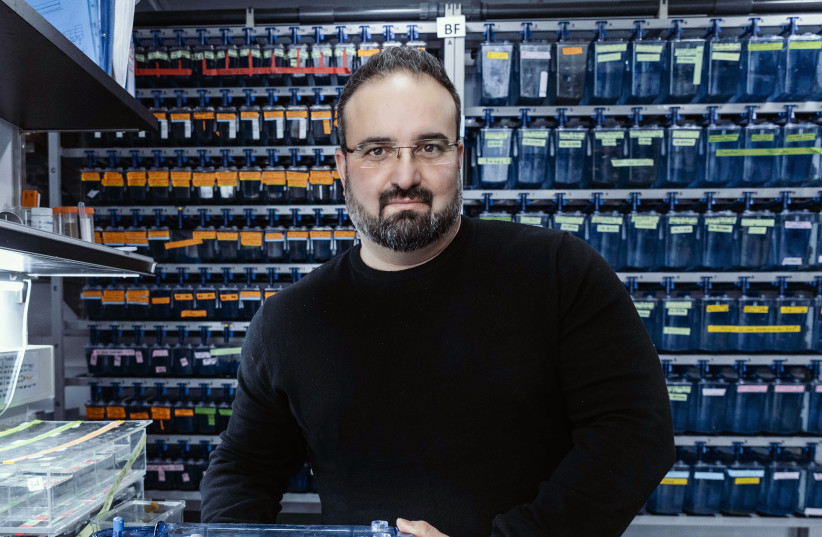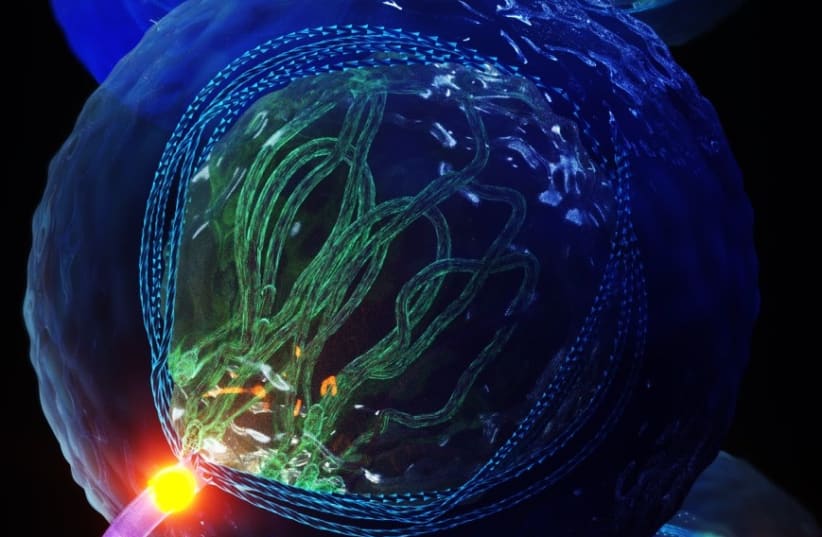The way in which we understand human infertility could be greatly improved through the study of zebrafish and the development of their immature egg cells, a new study released by the Hebrew University of Jerusalem has found.
The study was published in the journal Science and is currently awaiting peer review. It was led by Dr. Yaniv Elkouby from the university’s Faculty of Medicine and is focused on the development of immature egg cells.
The study was conducted by observing zebrafish. They made an ideal candidate for the study, not least because they share 70% of their DNA with humans. Zebrafish are often used for studies of this kind, as they are ideal when it comes to deepening our understanding of human diseases and various different biological processes.
The study focused on observing the cluster of immature egg cells, known as oocytes, watching them progress toward maturity in real time. It was during this time that they first noticed a previously unobserved structure emerging from the cell.
The structure had never before been observed in any system in the field of meiosis – a type of cell division in sexually reproducing organisms. It is this in particular that makes the study so crucial to the understanding of human infertility.


The structure resembled a twisted fiber and is known as a cilium. The research team observed that it extended into the mass of surrounding eggs of the zebrafish, and further research showed that the cilia structures play a crucial role in the chromosomal organization within oocytes.
Subsequently, the same structures were found in mouse oocytes, as well as zebrafish and mouse sperm cells.
The discovery of the cilia has implications for the understanding of human reproduction, as they increase our understanding of the process of chromosomal organization. Failure of chromosomal organization within human egg and sperm cells can lead to miscarriages and infertility, and a lack of understanding surrounding the process has meant that no solution has been found as of yet.
However, the research team identified that the newly discovered cilium is connected to a cable system of sorts within the cell; one that organizes the chromosomes by mechanically pulling on them.
This process is an essential part of determining the formation of a fully functional egg that can give rise to healthy offspring. The external cilium anchors the entire cable-system machinery within the egg, enabling the essential precise dynamics of the chromosomes to be achieved.
The discovery of a cilium that plays an essential role in controlling chromosomal organization could provide new insights. Furthermore, defects in cilia formation and function cause genetic disorders called ciliopathies, in which patients suffer from deficient fertility and, in tragic cases, babies and children suffer from severe developmental disorders.
These were previously attributed to the failure of other types of cilium. The newly identified cilium provides an additional explanation for these deficiencies, as well as a deeper understanding of the causes behind infertility, and eventually may even be key in finding a solution.
“We used a repertory of methods, including advanced quantitative and live microscopy, innovative three-dimensional high-resolution imaging, ovary organ culture, manipulations using laser excision, and genetic analyses of multiple mutants,” Elkouby explained, describing the research process.
“Identifying these mechanisms moves medical research one step closer to finding solutions.”
